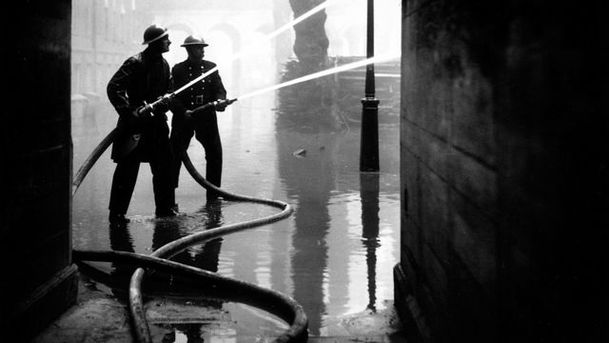The Blitz - London

The 7th of September 1940 saw the start of the London Blitz. In an attempt to crush British morale and force a surrender from Churchill, Hitler ordered his bombers to embark upon a ferocious and sustained bombing campaign. On "Black Saturday" - as the first day of the Blitz would come to be known - 348 German bombers attacked London, forming a 20 mile wide block of aircraft filling 800 square miles of sky. London was bombed for 76 consecutive nights. By the time the bombing ended in May 1941 more than 20,000 people had been killed, and nearly one and a half million had lost their homes. Broadcaster and author Rosie Millard explores the technology of the Blitz, from the iconic searchlights which swept the sky hunting for German bombers, to the woefully inaccurate "Ack-Ack" anti-aircraft guns. Rosie speaks to Londoners who were charged with operating the many technological devices that became part of the fabric of daily life in London during the Blitz. She hears the fascinating story of those who oversaw the enormous hydrogen filled barrage balloons that floated eerily above the city, with the purpose of warding off low flying enemy pilots. Rosie also visits the Royal Air Force Museum at Hendon in North London. She is shown around their extensive collection, which includes many startling examples of the machines that defended our capital during the dark days of the Blitz, 70 years ago. Producer: Max O'Brien A Juniper production for BBC Radio 4.